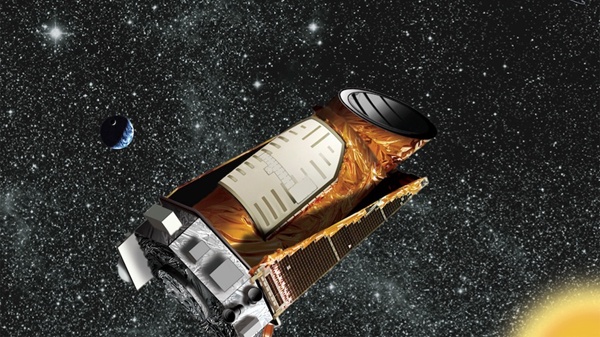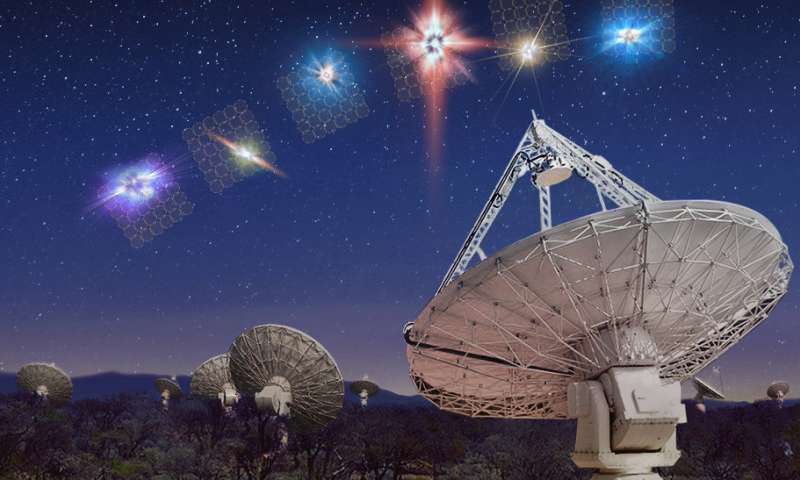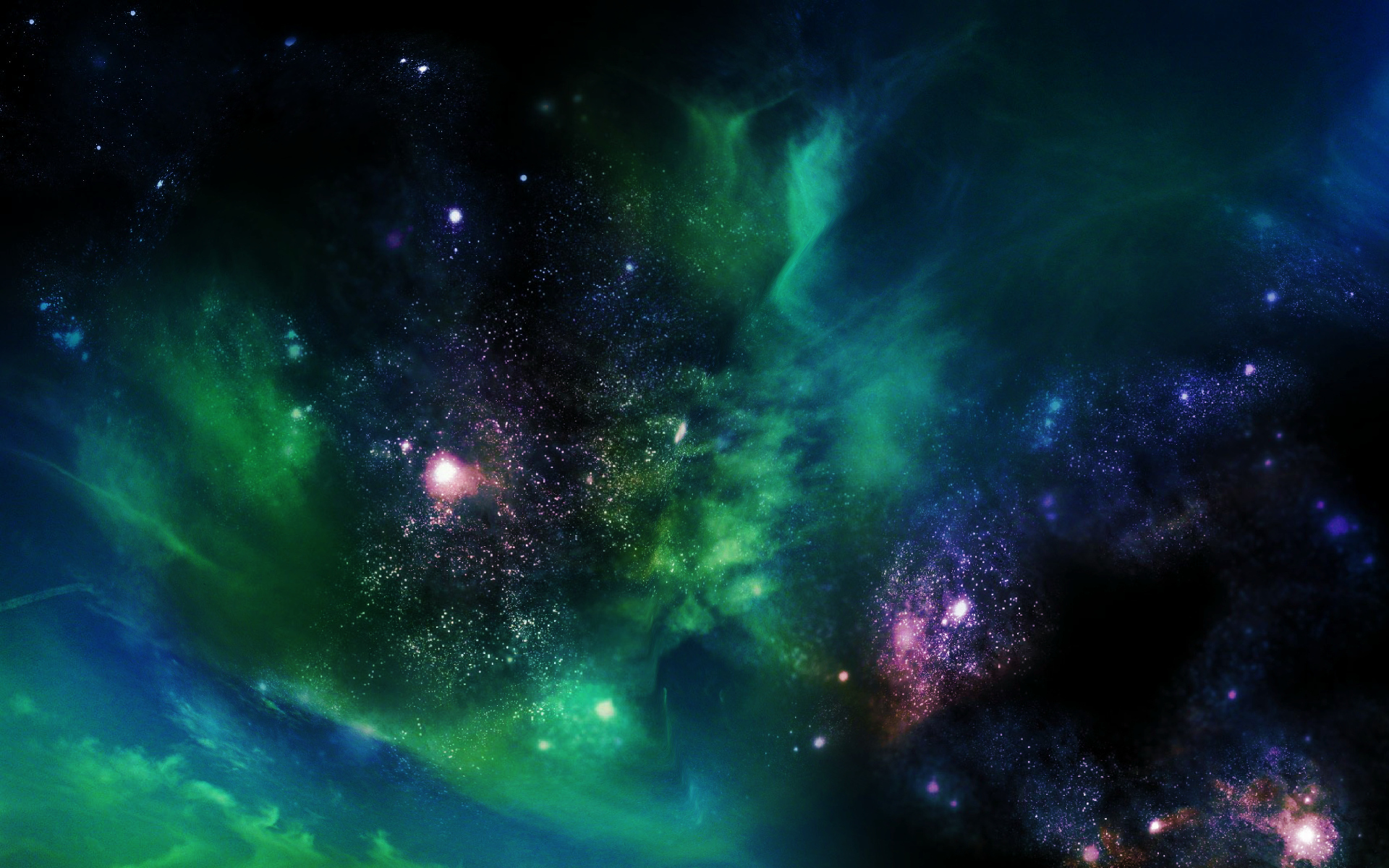
The novel GRAVITY instrument has discovered clumps of gas swirling around at about 30 per cent of the speed of light on a circular orbit just outside the innermost stable orbit of a four million mass black hole.

Dawn was launchd on 27 September 2007. The spacecraft found that asteroid Vesta is the parent of a specific variety of meteorites found on Earth. It also discovered that dwarf planet Ceres was once an ocean world.

No human-made object has gotten this close to the Sun. The Parker Solar Probe broke a 22 year old record by getting to within 43 million km of the Sun.

NASA's planet-hunting telescope has run out of fuel after a nine-year mission that found more than 2,600 planets orbiting other stars along with thousands of candidate worlds.

An international team studying 3200 Phaethon, a 3.6-mile-long rock believed responsible for the annual Geminid meteor shower, has revealed that the asteroid's surface exhibits a blue color.

The Dark Energy Spectroscopic Instrument, or DESI, is being assembled for a five-year mission at the prime focus of the Mayall Telescope, to measure the spectra of more than 30 million galaxies and quasars.

Two instruments aboard NASA’s Spitzer Space Telescope – the Infrared Array Camera and the Multiband Imaging Photometer – have captured a spectacular image of the Cat’s Paw Nebula.

This confirms the current understanding of cosmological evolution - that galaxies and their associated black holes merge over time, forming bigger and bigger galaxies and black holes.

Astronomers have discovered two stars in a binary pair that complete an orbit around each other in a little over three hours, residing in the planetary nebula M3-1. Remarkably, the stars could drive a nova explosion.

The project is only the second, after NASA’s MESSENGER mission, to attempt putting a spacecraft into orbit around the solar system’s innermost planet and is one of the most technically challenging missions.

Astronomers have discovered 4 very large gas planets orbiting a young star only 2 million years old. Looks like we need a new model of planetary formation.

Australian researchers using a CSIRO radio telescope in Western Australia have nearly doubled the known number of 'fast radio bursts'— powerful flashes of radio waves from deep space.

Astronomers have discovered a titanic structure in the early universe, just two billion years after the Big Bang - a galaxy proto-supercluster, nicknamed Hyperion.

Hidden below the waves off the east coast of Australia, scientists have discovered a 'lost world' of epic volcanic peaks buried under the Tasman Sea, never before seen with human eyes.

Stephen Hawking's final work, which tackles issues from the existence of God to the potential for time travel, was launched on Monday by his children.